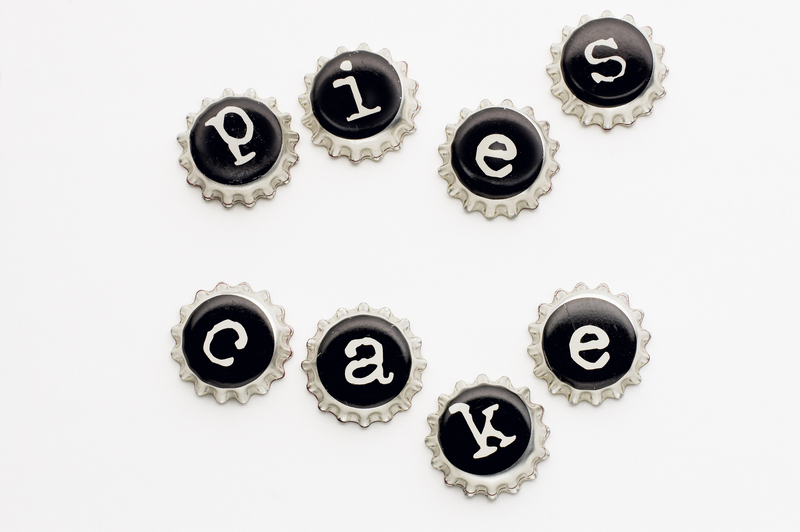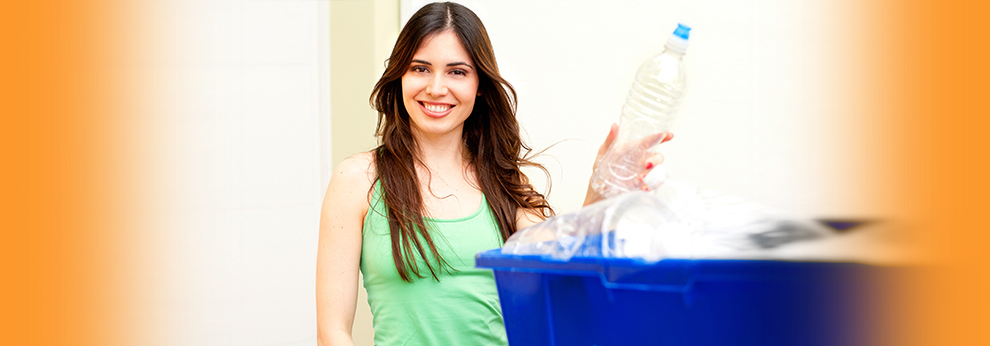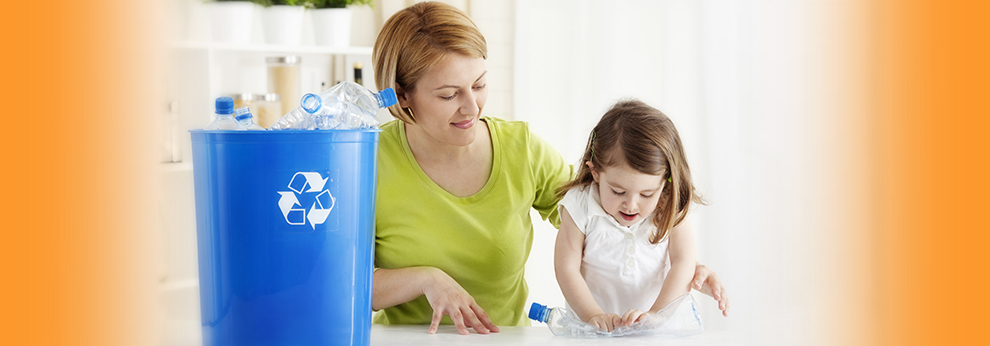Turning the Tide Against Microplastic Pollution
Posted on 29/09/2025
Turning the Tide Against Microplastic Pollution: A Comprehensive Guide
Microplastic pollution is one of the most pressing environmental challenges of our era. These tiny plastic particles, measuring less than 5mm in diameter, are infiltrating virtually every corner of the globe--from the depths of our oceans to the highest mountain peaks. As their pervasiveness grows, so too does concern over their impact on ecosystems, human health, and the future of our planet. This detailed guide aims to explore the origins, dangers, and the solutions needed to truly turn the tide against microplastic contamination.

What Are Microplastics?
Microplastics are small plastic pieces that result from the breakdown of larger plastic items or come from products intentionally manufactured at a microscopic scale. They are typically categorized into two types:
- Primary microplastics: Manufactured small for use in products such as cosmetics (microbeads), cleaning products, and industrial scrubbers.
- Secondary microplastics: Fragments resulting from the breakdown of larger plastic debris due to environmental exposure, such as sunlight, ocean waves, and mechanical abrasion.
These micro-pollutants are now found everywhere--in the water we drink, the food we consume, and even the air we breathe.
The Scope of Microplastic Pollution
How Widespread Is Microplastic Contamination?
Microplastic contamination is truly global. Recent studies have detected microplastics in:
- Oceans and freshwater lakes
- Arctic sea ice
- Drinking water supplies
- Food items such as seafood, table salt, and even honey
- Soil and agricultural land
- Atmospheric dust--meaning we can even inhale microplastics
Conservative studies estimate that at least 8 million tons of plastic end up in the ocean every year, much of it ultimately transforming into microplastics. These fragmented pieces are highly persistent, remaining in the environment for decades or even centuries.
Sources of Microplastic Pollution
The growing problem of microplastic waste stems from numerous sources:
- Plastic packaging and bags breaking down over time
- Fibers shed from synthetic clothing when washed
- Road dust from tire wear
- Industrial effluent containing resin pellets and microbeads
- Personal care products containing microbeads--though increasingly banned, still in some circulation
Even household dust contains microplastics, highlighting the widespread nature of this pollutant.
The Environmental Impact of Microplastic Pollution
Effects on Marine Life
Marine and freshwater environments are particularly vulnerable. Microplastics are consumed by fish, plankton, and marine mammals, often with disastrous effects:
- Impaired digestion and nutrient absorption in aquatic animals
- Toxins leaching from plastic into animal tissues
- Bioaccumulation of toxins through the food chain
- Disruption of reproductive systems in fish and invertebrates
- Physical injury and death from ingestion or entanglement
One study found that up to 90% of seabirds have plastic in their stomachs! This not only affects the health of marine species but also threatens commercial fisheries and food security worldwide.
Impact on Human Health
Turning the tide on microplastic pollution is crucial for human health. Recent research has shown that:
- People may ingest up to 5g of microplastics each week--the equivalent of a credit card
- Microplastics can carry hazardous chemicals and bacteria into our bodies
- Potential risks include inflammation, hormone disruption, and even carcinogenic effects
- Particles have been found in human tissue, the placenta, bloodstreams, and lungs
Although more studies are needed on long-term effects, early findings are deeply worrying, underscoring the urgent need to reduce microplastic exposure.
Innovative Solutions to Microplastic Pollution
1. Policy, Regulation, and International Cooperation
Governments play a key role in fighting microplastic pollution:
- Banning or restricting single-use plastics and microbeads
- Mandating wastewater treatment facilities to filter microplastics from effluent
- Introducing eco-design requirements for clothing and packaging
- Participating in international treaties like the United Nations plastics treaty (currently under discussion)
Effective policy is essential for reducing primary microplastic sources and encouraging industry innovation.
2. Technological Innovations
Science and technology are at the forefront of the fight against microplastic contamination:
- Filters for washing machines to trap microfibers
- Biodegradable plastics that break down more rapidly in the environment
- Nano-filtration techniques for water treatment plants
- Ocean cleanup devices that remove floating debris before it fragments
- Microplastic sensors for real-time monitoring of contamination
These technologies hold great promise, but their global deployment will require investment and support.
3. Corporate Responsibility and Green Consumerism
Industry and consumers must work together to stem the tide of microplastic pollution:
- Corporate shifts towards sustainable packaging and products
- Retailers phasing out microbeads and non-biodegradable plastics
- Consumer choice: opting for natural fibers, reusable goods, and products with eco-labels
- Supporting initiatives that promote extended producer responsibility (EPR)
Every purchase is a vote. Choosing environmentally friendly products helps spur change throughout the industry.
4. Clean-Up Initiatives and Citizen Science
- Participating in beach clean-ups
- Engaging in local waterway restoration projects
- Supporting nonprofits tackling microplastic pollution through research and advocacy
- Utilizing apps and citizen science surveys to identify microplastic hotspots
Community action boosts awareness and can directly reduce environmental contamination.
How Individuals Can Help Turn the Tide on Microplastic Contamination
The fight against microplastics isn't just a job for governments and industry--individuals can make a significant difference:
- Reduce single-use plastic consumption by switching to metal, glass, or bamboo alternatives
- Wash synthetic clothes less frequently and use laundry bags that trap microfibers
- Properly sort and recycle household waste
- Support local and national bans on small-scale plastic sources
- Avoid products containing microbeads by reading ingredient lists
- Encourage brands to adopt eco-friendly packaging solutions
Education and behavioral change are pivotal. Teaching children about microplastic hazards and the importance of sustainability is one of the most effective long-term solutions.
Case Studies: Successes in Tackling Microplastic Pollution
Norway's Wastewater Treatment Revolution
Norway has implemented advanced wastewater treatment processes that capture up to 90% of microplastics before they reach rivers or the sea. Their model could be adopted internationally to great effect.
Microbead Bans Around the World
- United States: The Microbead-Free Waters Act effectively banned microbeads in rinse-off cosmetics nationally.
- United Kingdom: Statutory bans on all microbeads in personal care products.
- Canada and other nations: Similar bans with positive results for aquatic health.
Grassroots Initiatives
From river cleanups in India to anti-plastic movements in Kenya, citizen-led action is sparking a global shift in how communities tackle microplastic waste.

The Road Ahead: Challenges and Opportunities
- Growing plastic consumption continues to challenge even the best clean-up efforts.
- Lack of global standards for measuring, monitoring, and reporting microplastic pollution.
- Complexity of microplastic removal from soil and drinking water systems.
- Costs of alternative materials and green technologies can be higher, slowing adoption.
However, progress is being made--with increased awareness, better regulation, and consumer power pointing the way towards major improvement. Innovation in materials science, waste management, and education programs offer hope for real change.
Conclusion: A Call to Action
Microplastic pollution is a modern crisis that requires urgent, sustained action. By combining regulation, technological innovation, responsible consumption, and community engagement, we can turn the tide on microplastic contamination. Each decision--from our shopping baskets to public policy--matters.
Let's protect our oceans, our food, and our future. The battle against microplastic waste has just begun, but together, we can win it.
Further Reading and Resources
- UN Environment Programme: Microplastics in the Marine Environment
- Plastic Pollution Coalition: Plastic Pollution Facts & Solutions
- National Geographic: Plastics: The Facts
By staying informed and committed, we can create a cleaner, safer world--free from the threat of microplastics.



